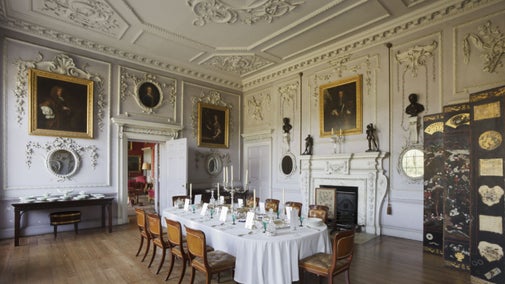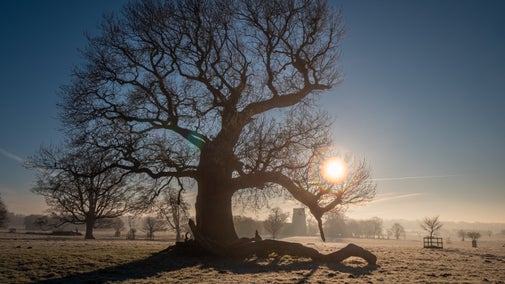The Last Squire of Felbrigg
Robert Wyndham Ketton-Cremer, commonly known as the Squire, inherited Felbrigg from his father. He devoted his life to preserving Felbrigg, finally bequeathing it to the National Trust in 1969.
An active member of the community
As his predecessors had done, the Squire played a full part in the life of his county. As High Sheriff of Norfolk (1951–2) he was required to witness two hangings, and as a JP he administered justice. He was actively involved in the founding of the University of East Anglia which conferred an honorary D.Litt on him in 1969, and to which he bequeathed his working library of books on Norfolk history, but he did not relish public prominence.
A tragic loss
Robert did not marry and the central tragedy of his life was the loss of his younger brother in 1941. The Victory V plantation behind the house was planted at the end of the war both to celebrate the allied victory and to commemorate his brother Richard.
The future
When asked what would become of Felbrigg on his death, the Squire would often say that it "was to be left to a cat's home". In fact, he had been involved in the work of the National Trust since the late 1940s when he had helped Alec Penrose, the Honorary Regional Representative, with decisions about the decoration of the Orangery at Blickling. He had approached the National Trust in 1941 at which time the Executive Committee had accepted the property. Upon his death in December 1969, Felbrigg, along with all its contents, woods, parkland and farms were passed to the Trust.














